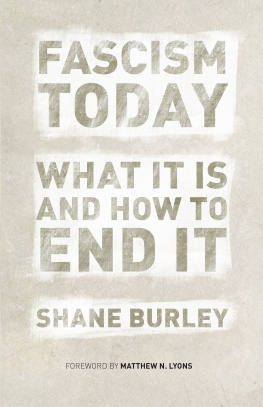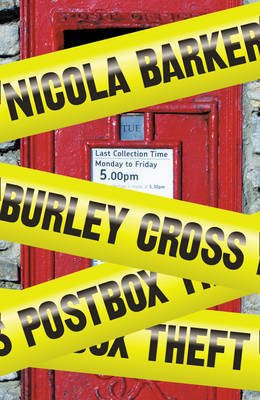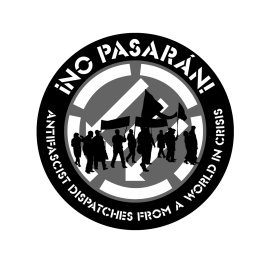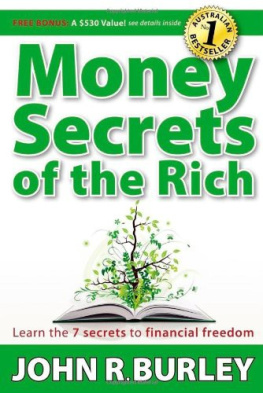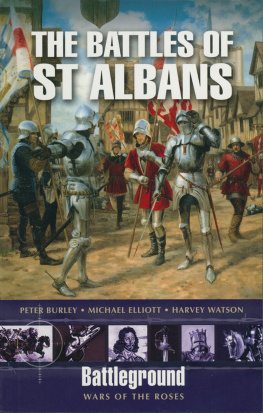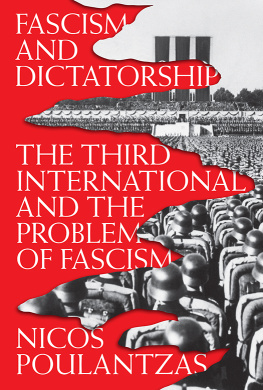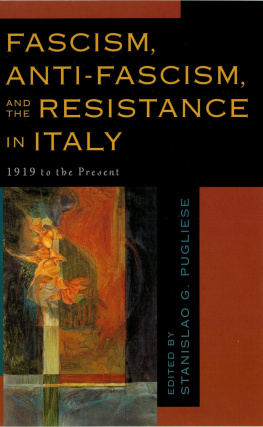Burley Shane - Fascism today : what it is and how to endit
Here you can read online Burley Shane - Fascism today : what it is and how to endit full text of the book (entire story) in english for free. Download pdf and epub, get meaning, cover and reviews about this ebook. City: Array, year: 2017, publisher: AK Press, genre: Politics. Description of the work, (preface) as well as reviews are available. Best literature library LitArk.com created for fans of good reading and offers a wide selection of genres:
Romance novel
Science fiction
Adventure
Detective
Science
History
Home and family
Prose
Art
Politics
Computer
Non-fiction
Religion
Business
Children
Humor
Choose a favorite category and find really read worthwhile books. Enjoy immersion in the world of imagination, feel the emotions of the characters or learn something new for yourself, make an fascinating discovery.
- Book:Fascism today : what it is and how to endit
- Author:
- Publisher:AK Press
- Genre:
- Year:2017
- City:Array
- Rating:5 / 5
- Favourites:Add to favourites
- Your mark:
- 100
- 1
- 2
- 3
- 4
- 5
Fascism today : what it is and how to endit: summary, description and annotation
We offer to read an annotation, description, summary or preface (depends on what the author of the book "Fascism today : what it is and how to endit" wrote himself). If you haven't found the necessary information about the book — write in the comments, we will try to find it.
Fascism today : what it is and how to endit — read online for free the complete book (whole text) full work
Below is the text of the book, divided by pages. System saving the place of the last page read, allows you to conveniently read the book "Fascism today : what it is and how to endit" online for free, without having to search again every time where you left off. Put a bookmark, and you can go to the page where you finished reading at any time.
Font size:
Interval:
Bookmark:
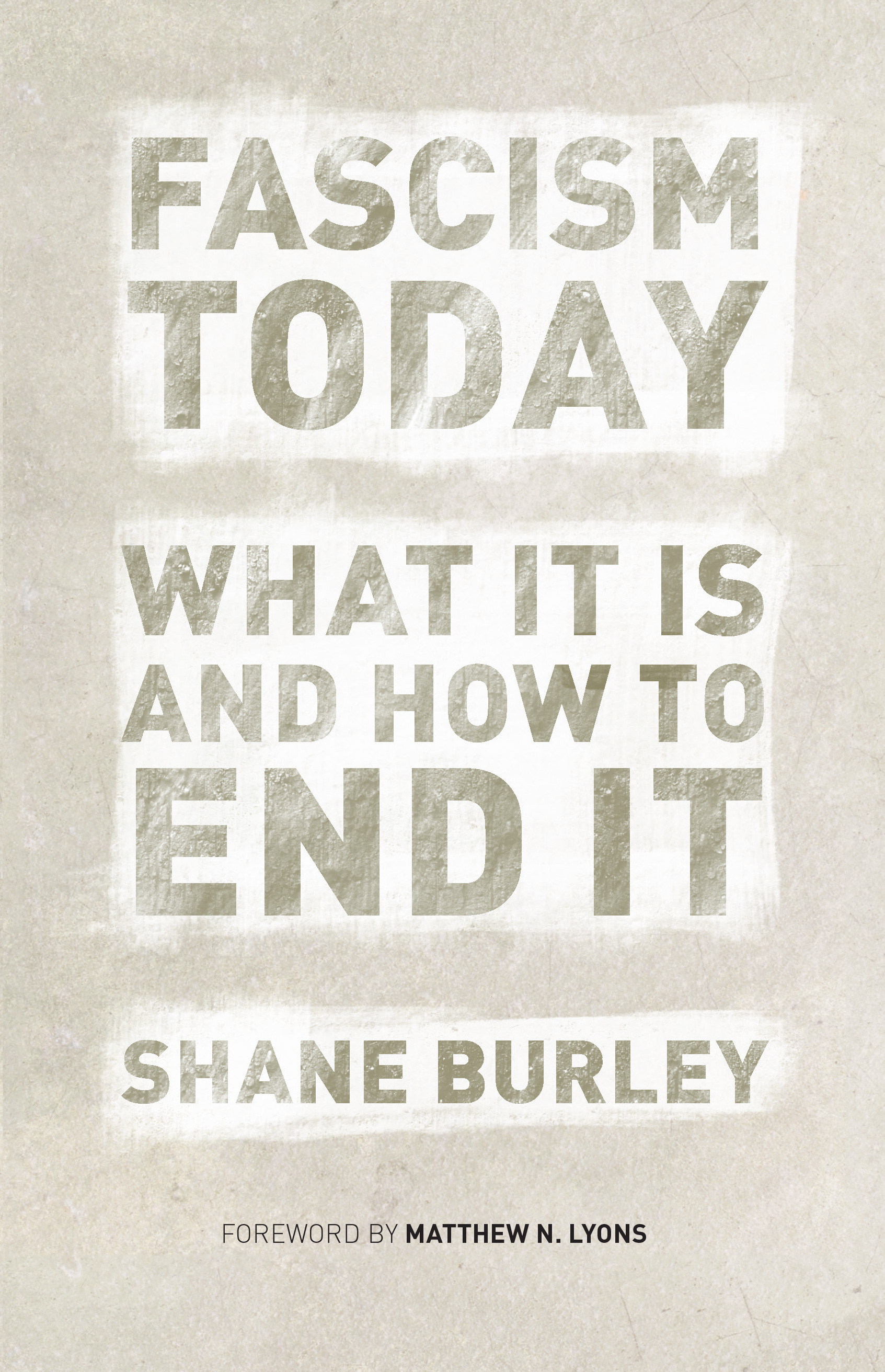
FASCISM TODAY
What It Is and How to End It
Shane Burley
Foreword by Matthew N. Lyons

Donald Trumps unexpected march to the presidency, coupled with the sudden rise to prominence of Alt Right white nationalists and misogynists, has put the topic of fascism in the U.S. front and center once again. A week after the November 2016 election, Merriam-Webster reported that people were looking up the definition of fascism over four times more often than they did in 2015, and the word had zoomed to number four on the list of all-time look-ups. A similar trend was reported for Google searches.
Trump and the Alt Right didnt come out of nowhere. Trumps authoritarian demagoguery and racist, Islamophobic scapegoating are worse than any other U.S. president in generations, but his election would have been impossible without the dramatic rightward shift thats been going on since the 1970snot just in the Republican Party, but in both major parties. The Alt Rights clever internet memes and online harassment campaigns have brought the dream of a white ethno-state into the twenty-first century, but its rise builds on previous upsurges by other far-right currents in the 1980s, 1990s, and 2000s.
The Alt Right is just one part of a broader array of fascist and quasi-fascist political forces that have both contributed to and been buoyed by Donald Trumps victories. This synergy between the activist far-right and a successful presidential candidate is something dangerously new, and it will have lasting consequences whatever happens to the Alt Right, and whatever happens to Trump. But for all their points of agreement, fascist activists differ radically with Trump in their ideologies, goals, and strategies.
All of this means that the fascist danger today is both more deeply rooted and more complex than many people realize. Yet theres no agreement on what fascism even means or how it applies to our political situation. All through the 2016 presidential race and thereafter, leftists, liberals, and even conservatives debated this question, with no resolution in sight.
Lets not get hung up on trying to find the true definition of fascism. As the historian Roger Griffin argued years ago, the way we define or conceptualize fascism isnt objectively true, its just more or less useful to help us understand political movements and regimesand, I would add, more or less useful to help us develop antifascist and liberatory strategies. In that spirit, I offer a few suggestions on how to think about fascism today:
Fascist politics has a contradictory relationship with the established order. Contrary to claims that we face a struggle between fascism and democracy, fascism grows out of and reinforces authoritarian tendencies and systems of oppression that are deeply rooted in our society. Contrary to claims that fascism is a tool of the ruling class, its about overthrowing existing political elites and destroying the liberal-pluralist political system that has helped keep U.S. capitalism stable for over two centuries. Fascists may collaborate with current-day rulers to a degree, but they are an autonomous force with their own agenda, and their hatred of the status quo is one of the key ways they attract people to join them. For radical antifascists, this means that the fight against fascism and the fight against an oppressive social order are interconnected but distinctboth are needed. It also means that urging the state to crack down on fascists is dangerous, because such repression can easily be redirected against the left.
Fascism takes different forms and adapts to meet changing circumstances. In the 1930s, fascists glorified the large-scale totalitarian state and colonial conquest. Today many fascists repudiate empire-building and advocate decentralist approaches such as leaderless resistance and tribal enclaves. And current-day fascists disagree about issues ranging from the role of women in the movement to whether they should ally with Putins Russia. These changes and disagreements are important, and understanding them can help us combat the far-right more effectively.
Fascism interacts with forces across the political spectrum in complex ways. Fascists often rely on conservative fellow-travelers to help spread their message and enhance their public legitimacy, but they also vilify conservatives as sellouts, opportunists, and cowards. Fascists attack leftists as an evil influence to be destroyed, but they also appropriate elements of leftist politics in distorted form, from environmentalism to anti-capitalism. Even more insidiously, they also work to poison the left with their own ideassuch as antisemitic conspiracy theoriesand sometimes seek alliances with leftists against the state.
Fascists endanger us in multiple ways. The most extreme threat is fascists gaining state power and implementing their supremacistor genocidalvision. More immediately, fascists foment and carry out physical violence and harassment against oppressed communities and the left. They also create space for mainstream political actors to intensify their own oppressive and repressive policies while looking moderate by comparison. And, as Don Hamerquist warned fifteen years ago in his section of Confronting Fascism: Discussion Documents for a Militant Movement , by channeling popular anger at the ruling class into supremacist scapegoating, fascists can cause massive damage to the potential for a liberatory anti-capitalist insurgency.
We need a range of approaches for combating fascism . The fight against fascism has to be broad and allow space for people to act in different ways and with different politics. As Anti-Racist Action put it in their points of unity almost thirty years ago, we need to practice non-sectarian defense of antifascistsset aside our differences to support those who are serious about opposing our common enemy. Some approaches will involve direct physical confrontations with right-wing forces. Some will involve nonviolent protest, writing and speaking, legal or electoral initiatives, community organizing, or even engaging with people who are attracted to fascism to try to win them away from it. Although people often think of militant and non-militant approaches as mutually exclusive and in conflict, they work best when they complement and reinforce each other.
Shane Burleys book speaks to all of these points. The book includes a wealth of information about todays far-right groups, ideologies, strategies, and subcultures. It offers a nuanced discussion of how fascists interact with other political actors, such as the Alt Rights love-hate relationship with the so-called Alt Light. It is written from a place of opposition to institutionalized systems of power, although that is not its focus. The book also says a lot about the need for a multi-pronged approach to antifascism, and it illustrates this argument with numerous and diverse examples of antifascist activism, past and present. It is the kind of book we need to help us understandand endfascism today.
Matthew N. Lyons
August 2017
The old world is dying, and the new world struggles to be born: now is the time of monsters.
Antonio Gramsci
Fascism is itself less ideological, in so far as it openly proclaims the principle of domination that is elsewhere concealed.
Theodor Adorno
In 1965 two scholars, Angelo Del Boca and Mario Giovana, wrote Fascism Today , a study of the roots of fascism and a survey from country to country. This volume helped define what fascism meant after the Second World War, arguing that the burgeoning identity-based authoritarian movements were not new inventions, but a continuation of those from decades past. While these new movements, from the skinhead scene to the growing Fourth Era KKK, were dramatically different in form and strategy than those that took power in European statehouses in recent past, there was an essential core to their line of thinking that showed a continuity.
Font size:
Interval:
Bookmark:
Similar books «Fascism today : what it is and how to endit»
Look at similar books to Fascism today : what it is and how to endit. We have selected literature similar in name and meaning in the hope of providing readers with more options to find new, interesting, not yet read works.
Discussion, reviews of the book Fascism today : what it is and how to endit and just readers' own opinions. Leave your comments, write what you think about the work, its meaning or the main characters. Specify what exactly you liked and what you didn't like, and why you think so.

